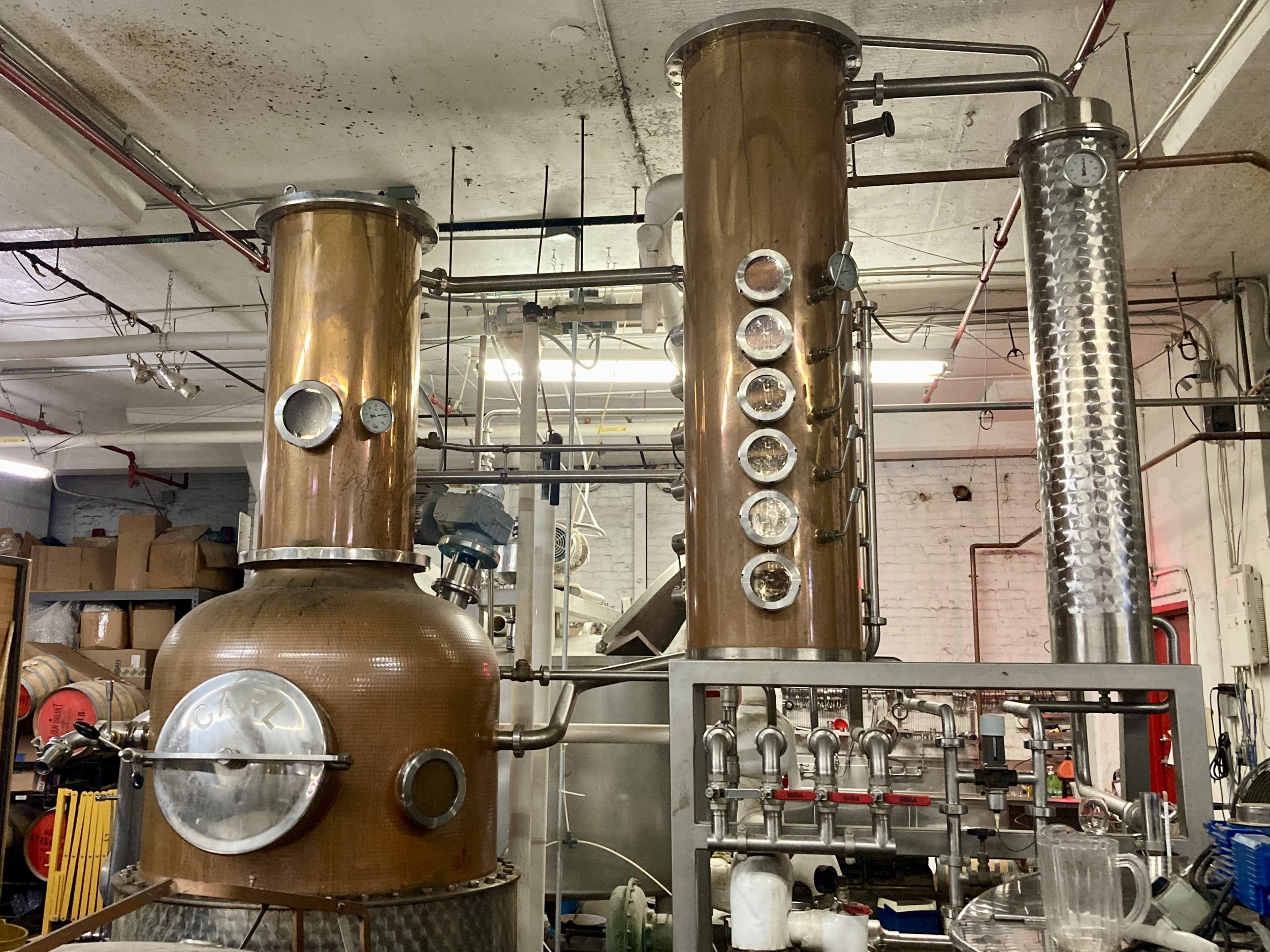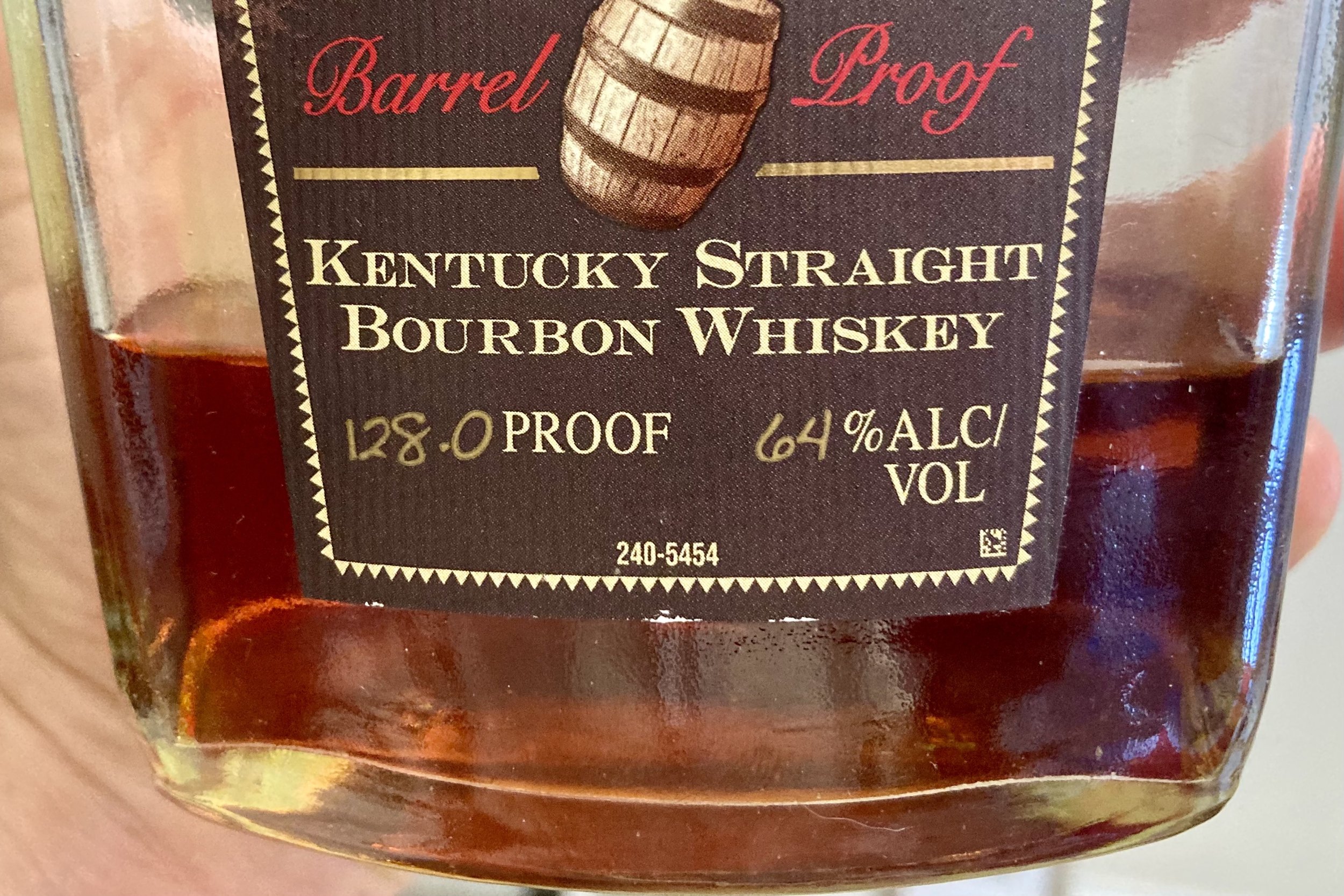Yeast vs. Bacteria: Visual Comparison
I love looking at my fermentations under my microscope!
This is obvious if you follow me on YouTube. I recently posted a video where I took a look at some peach wines fermented using four different yeast strains under the microscope. I wanted to see if I could spot any differences between the four yeast strains or if they would all look the same to my mostly-untrained-eye. In the videos you can see that they do look slightly different and there were both yeast and bacteria in each sample. In case you’re wondering “Robyn, how can I tell which are yeast cells and which are bacteria cells?”, let’s break it down!
First of all, in order to observe these tiny, single celled organisms, you need a microscope capable of seeing very small things. I love my microscope! It’s perfect for my hobby-based brewing needs. It is capable of reaching magnifications of 2000X! However, I’ve only ever used this magnification a couple of times. I’ve used the 1000X magnification a lot more than that, but most of the time, I stick to 400X because I am able to see both yeast and bacteria at this magnification.
In the picture below you can see I have pointed out the yeast and bacteria. The yeast are the larger cells and bacteria are the small little specs and rods. The size difference is the easiest way to identify which-is-which type of microbe under the microscope. Note: size is only one of many differences between yeast and bacteria. Yeast are usually around 3-5 microns (one thousandth of a millimeter) in diameter. Bacteria on the other hand are usually no more than 1 micron wide, so much smaller than yeast cells, but depending on their cell shape can be pretty long. For example, lactobacillus (found in many things like yogurt) are rod shaped and can reach lengths of 2-9 microns with a thickness of only 0.5-0.8 microns.
Because of how small the bacteria are, it’s difficult for me to identify the different bacteria species. Plus, microscopic observation is not the preferred method for identifying bacteria. However, the rod shape of some of the bacteria would lead me to believe that those are probably species of lactobacillus.
Similarly, yeast are also challenging to identify based solely on observed morphology, but I think looking at an image is a good starting point. Sui Generis Brewing has a very digestible post about yeast morphology! A clear distinction that I look for right off the bat is cell shape. Are the cells circular, ovoid (oval), apiculate (shaped like a lemon) or elongated? For example, I know that saccharomyces cerevisiae are typically circular, whereas saccharomyces bayanus are typically ellipsoid to elongated. In the peach wine video I mentioned above, I used both S. Cerevisiae and S. Bayanus for fermenting different peach wines. As you can see in the picture below, there are some cells that appear elongated in the wine fermented with S. Bayanus (Red Star Premier Cuvée), but a lot of the cells seem to be circular like S. Cerevisiae (Lalvin K1-V1116). Perhaps this means that there is also S. Cerevisiae present in the wine that may have come from the commercial yeast or possibly from contamination.














